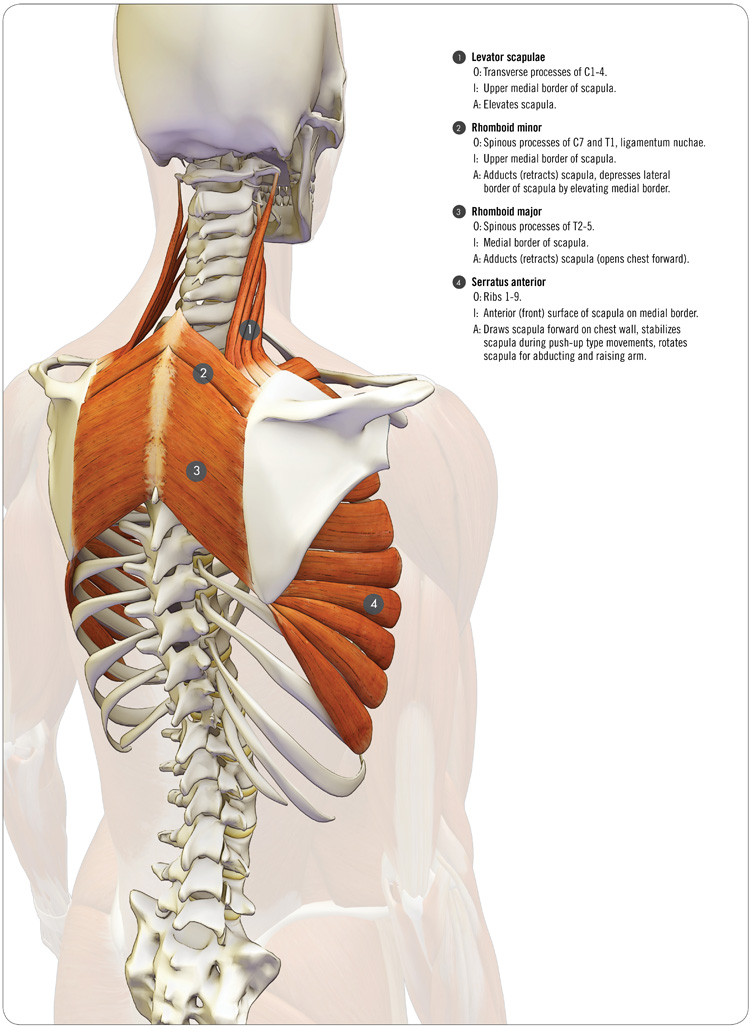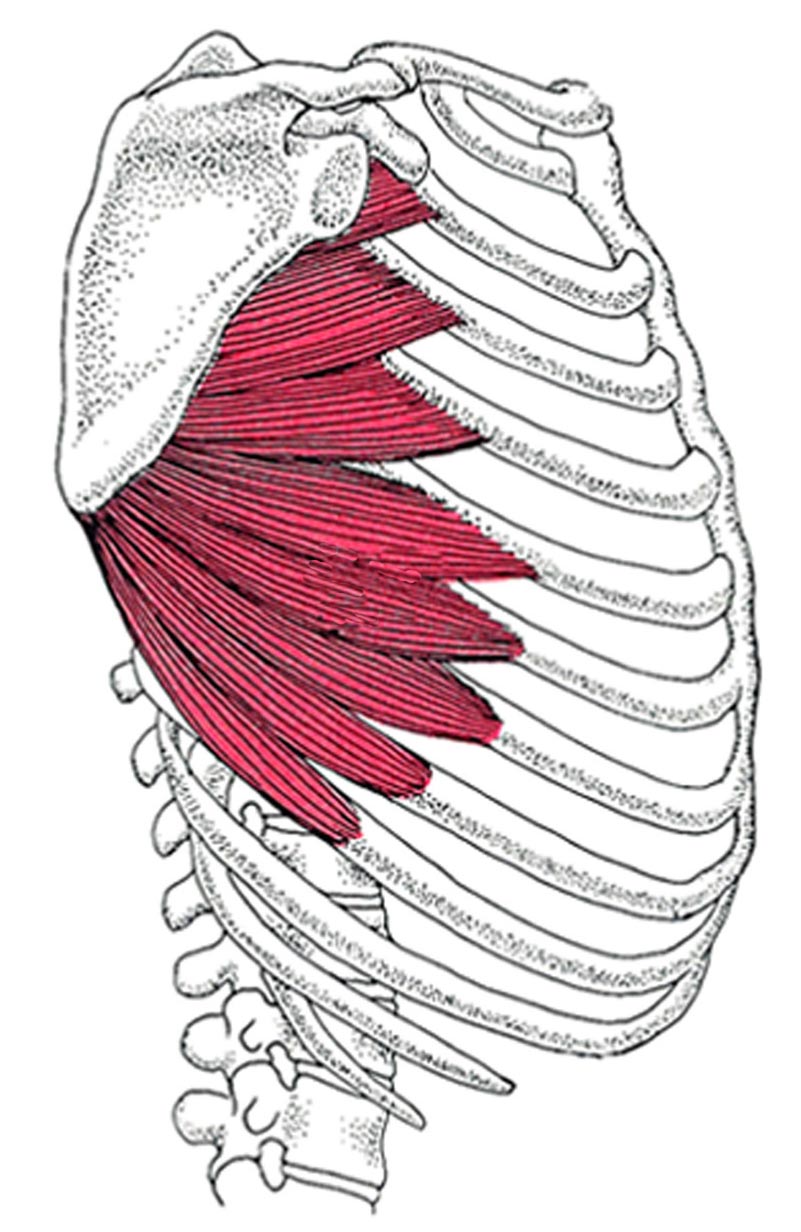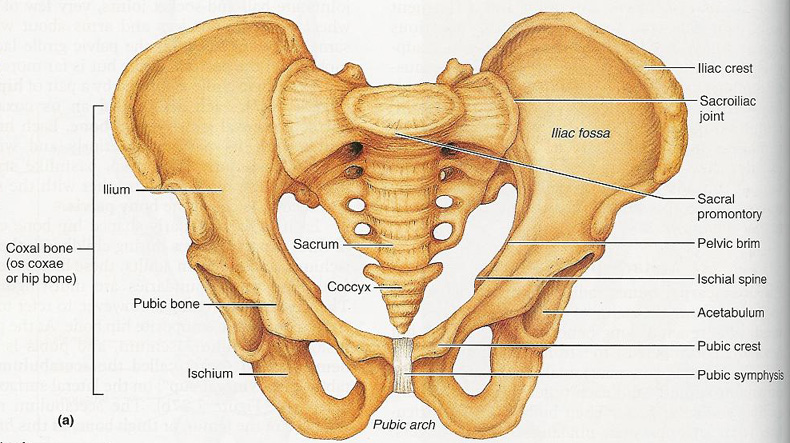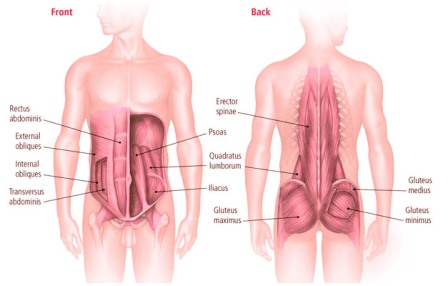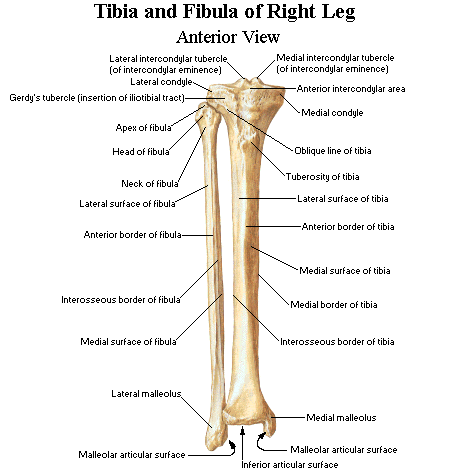If you have read why a became a PT you will know that I have an interest in Pre and Post Natal exercise. If you haven't read that post then here is a brief overview. After the birth of my first daughter I discovered I had a hernia, which required surgery. I believe this was related to my pregnancy and it happened even though I didn't start back at the gym straight away or start with heavy weights. My aim is to encourage and help people to exercise during pregnancy and beyond. I believe that if I had had help from someone with knowledge of pre and post natal exercise than I may never have gotten a hernia.
After the birth of my second I took it a lot slower. Looking back, probably too slow! I went to a mum's and bub's class that was run by a physio, who taught me how to use my core again and help my pelvic floor. Best thing I ever did!
This lead me to study, so that I could be better prepared to help women through the pre and post natal period! The course I am doing at the moment will allow me teach pregnancy classes!! As part of this study I have just watched a video on Post Natal Depression. As a trainer this is something I need to be aware of and learn how to recognise the signs, so that I am in a better position to help my clients.
That leads me to this confession:
After having my 2nd baby I had a bout of post natal depression. YEP, I said it! My case was mild compared to a lot of people and with the help of my doctor, a psych and meds I was on top of it in no time!! This is not so for many mums (and even dads!). For those of you that may be suffering from depression or anxiety, what ever form you may have, it doesn't have to be PND, please know that you ARE NOT ALONE!
There are so many resources out there that are available to you! Seek help from your GP, they have a wide variety of resources at their disposal to help you get better.
Here are some useful links:
http://www.panda.org.au/
http://www.beyondblue.org.au/
https://www.lifeline.org.au/
https://www.ruok.org.au/
These are but a few that we have in Australia. They all provide useful tools!!!
Talk to someone today and if you know someone who you think might be suffering from depression then ask RUOK?
Here is a link for some of the signs and symptoms to look out for!
http://www.beyondblue.org.au/the-facts/depression/signs-and-symptoms
Remember:
- You ARE loved
- You ARE cared for
- You ARE NOT alone
Joce
